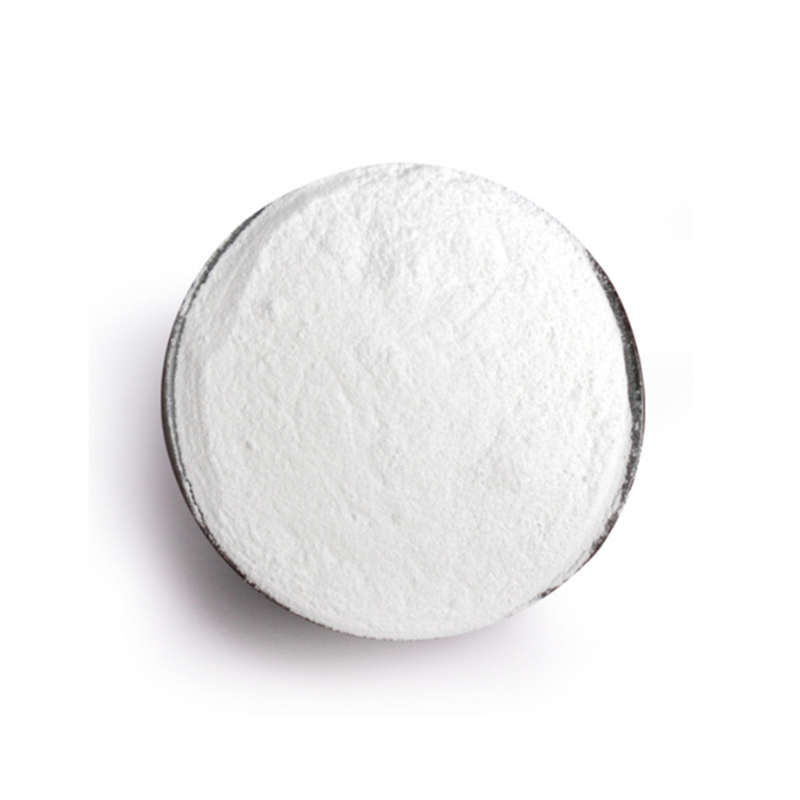
Dez . 11, 2024 10:23 Back to list
Chlorothalonil Uses and Applications in Agriculture and Pest Management Strategies
Understanding Chlorothalonil A Generic Perspective
Chlorothalonil is a broad-spectrum fungicide widely known for its effectiveness in controlling a range of fungal diseases affecting various crops. With a chemical classification of chlorinated aromatic compound, it plays an essential role in modern agriculture by protecting plant health and enhancing yield. In this article, we will delve into the characteristics, uses, benefits, and concerns surrounding the use of generic chlorothalonil.
What is Chlorothalonil?
Chlorothalonil, chemically known as 2,4,5,6-tetrachloroisophthalonitrile, was first registered for use in the United States in 1966. Its mode of action primarily revolves around inhibiting fungal respiration, which ultimately leads to the death of the targeted microbes. The compound is particularly effective against various fungal pathogens, including Alternaria, Botrytis, and Phytophthora species. Its broad spectrum makes it valuable across numerous crops, including fruits, vegetables, and ornamentals.
Uses of Chlorothalonil
Chlorothalonil is commonly formulated as a wettable powder, emulsifiable concentrate, and granular formulations, allowing for flexibility in application. It can be applied through ground or aerial spraying, providing convenience in a variety of agricultural settings. Some notable crops for chlorothalonil application include tomatoes, cucumbers, potatoes, and various field crops.
In addition to its agricultural applications, chlorothalonil is also utilized in non-crop settings, such as turf management and ornamental plant care. Its use in residential settings has highlighted its effectiveness in managing fungal diseases in lawns and gardens, offering homeowners the ability to maintain healthy and aesthetically pleasing landscapes.
Benefits of Chlorothalonil
generic chlorothalonil service

One of the primary advantages of chlorothalonil is its resilience in various environmental conditions. It possesses a relatively high level of persistence in soils, which allows for extended protection against fungal infections. This feature can reduce the need for multiple applications throughout the growing season, making it an economically viable option for farmers.
Chlorothalonil’s broad-spectrum activity is another significant benefit. Farmers can utilize it to manage multiple diseases with a single product, simplifying their pest management strategies. Moreover, it has low toxicity to humans and animals when used according to label instructions, further supporting its role in sustainable agriculture.
Environmental and Health Concerns
Despite its benefits, the use of chlorothalonil has raised environmental and health concerns over the years. Studies have linked it to potential ecological impacts, particularly on aquatic life. Consequently, regulatory authorities like the Environmental Protection Agency (EPA) continuously assess the risks associated with chlorothalonil, leading to periodic reviews of its usage guidelines.
One notable concern is its potential for water contamination. When runoff occurs following heavy rains, chlorothalonil can enter water systems, posing risks to aquatic organisms and drinking water sources. Farmers and applicators are encouraged to implement best management practices (BMPs) to minimize these risks, such as avoiding application before rainfall and maintaining buffer zones around water bodies.
Additionally, there is an ongoing dialogue regarding its possible carcinogenic effects. While the EPA classified it as a Group B2 carcinogen, indicating that it is possibly carcinogenic to humans, ongoing research aims to clarify these risks. Farmers are urged to follow safety protocols when handling chlorothalonil to mitigate any exposure risks.
Conclusion
Chlorothalonil is a potent tool in the fight against fungal diseases in agriculture. With its broad-spectrum efficacy and economic advantages, it has become a staple for farmers worldwide. However, the environmental and health concerns associated with its use cannot be overlooked. Ongoing research and regulatory scrutiny will be essential in balancing the benefits of chlorothalonil with the need to protect human health and the environment. As the agricultural community continues to evolve and adopt integrated pest management strategies, the responsible use of chlorothalonil can lead to effective disease control while striving for sustainable agricultural practices.
-
Terbuthylazine Herbicide: Superior Weed Control for Maize & Corn
NewsAug.30,2025
-
Pyrazosulfuron-ethyl 10%WP Herbicide for Superior Paddy Weed Control
NewsAug.29,2025
-
Advanced Insecticide: BT, PI, Ant & 505 Pest Solutions
NewsAug.28,2025
-
Best Abamectin 95%: Superior Pest Control & High Purity
NewsAug.27,2025
-
Famoxadone Fungicide: Prevent & Cure Plant Diseases Effectively
NewsAug.26,2025
-
Topramezone Herbicide: Selective & Powerful Weed Control for Corn
NewsAug.24,2025
